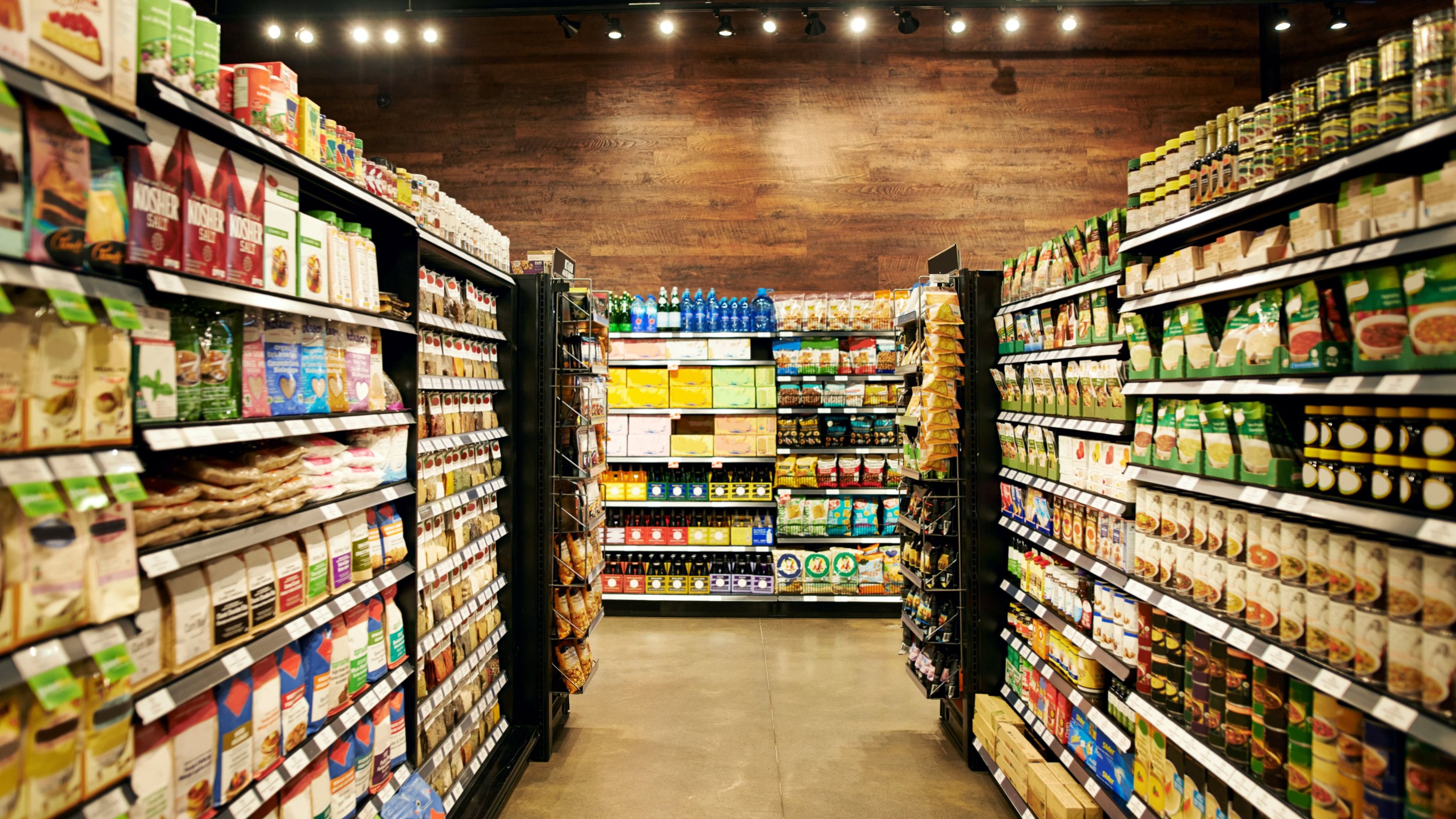
Shot of fully stocked isles in a grocery store during the day All your necessities stored in one place
Credit: File Photo
New Delhi: India’s retail inflation, measured by Consumer Price Index (CPI), declined to a 10-month low of 4.83% in April, remaining below the five-percent level for the second month in a row on continued easing in core inflation even though food prices remained elevated, the government data showed on Monday.
The CPI inflation in April is marginally lower than the March’s 4.85%, and is the lowest since June 2023 when it came at 4.81%.
There has been a continued decline in retail inflation since December 2023. It has been within the Reserve Bank of India’s (RBI) tolerance range of 2-6% for the seventh month in a row. However, it has been above the central bank’s medium-term target of 4% for 54 consecutive months.
People in rural India were hit by price rise harder than their urban counterparts. Urban CPI inflation declined to 4.11% in April. However, in rural India it remained elevated at 5.43%, data released by the Ministry of Statistics & Programme Implementation showed.
“Rural inflation is higher than urban due to higher share of food products. In urban areas consumption of food items also tends to be of different variety with processed foods being included where price rise is of a lower magnitude,” said Madan Sabnavis, Chief Economist, Bank of Baroda.
Food inflation rose to 8.70% in April from 8.52% recorded in the previous month and 3.84% in April 2023.
DK Srivastava, Chief Policy Advisor at EY India said that although food inflation is marginally higher, the decline in overall inflation is largely due to easing in prices of petroleum related commodities like fuel and light, and transport and communication services.
Core inflation declined to 3.2% in April, which is the lowest in the 2012 base CPI series. “If this trend continues, CPI inflation in April-June quarter may turn out to be marginally lower than RBI’s projection of 4.9%,” said Srivastava.
Food inflation was led by a sharp jump in the prices of vegetables, pulses and cereals. Vegetables became costlier by 27.8% in April year-on-year. Price of pulses surged by 16.84% and cereals became costlier by 8.63%.
“Despite the ban on exports of cereals, high food inflation is a cause of concern for the economy. Although the headline inflation is heading closer to the 4% inflation target of the MPC, the fight from inflation is far from over as gauged by high food inflation,” said Paras Jasrai, senior analyst at India Ratings and Research.